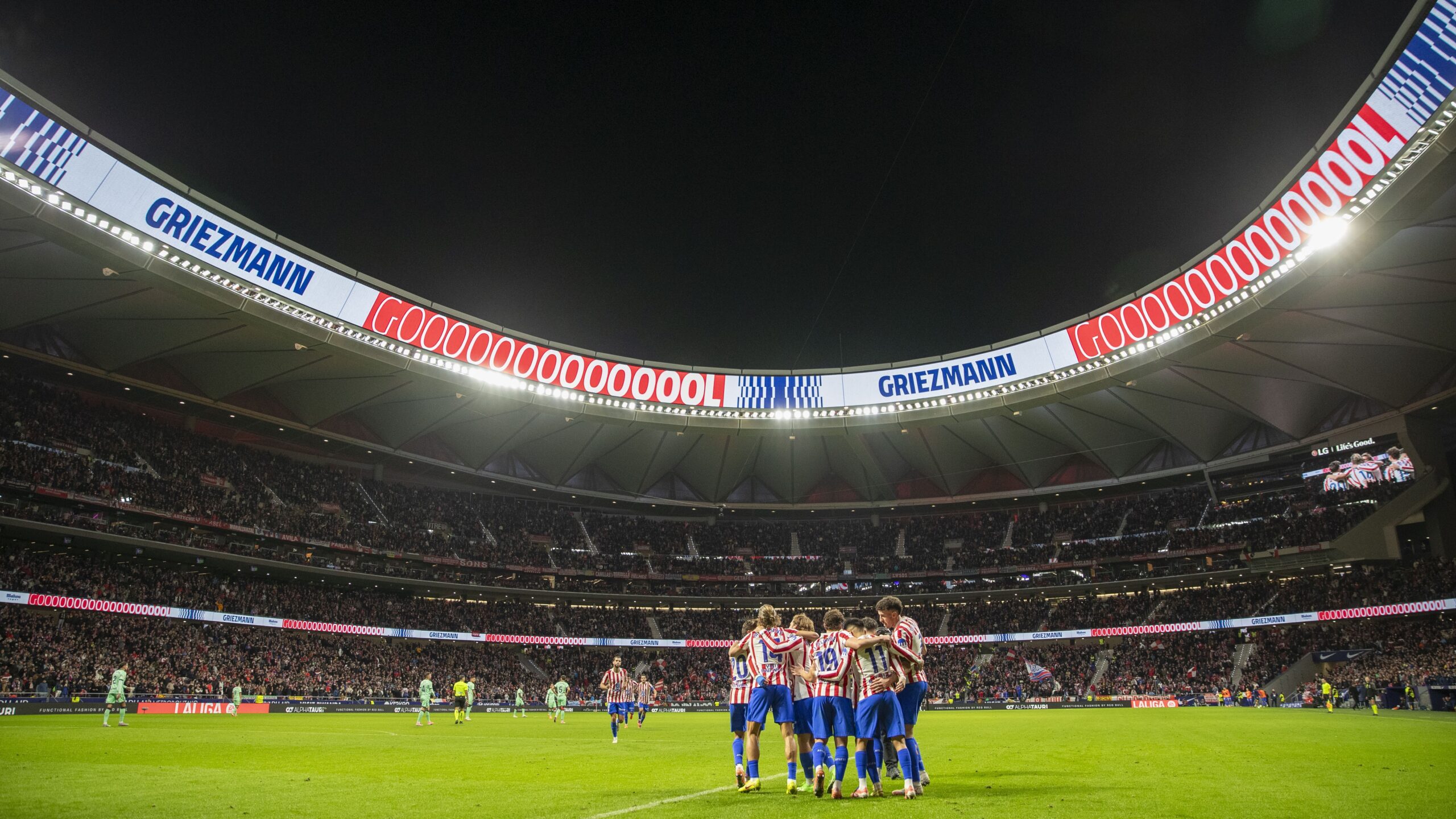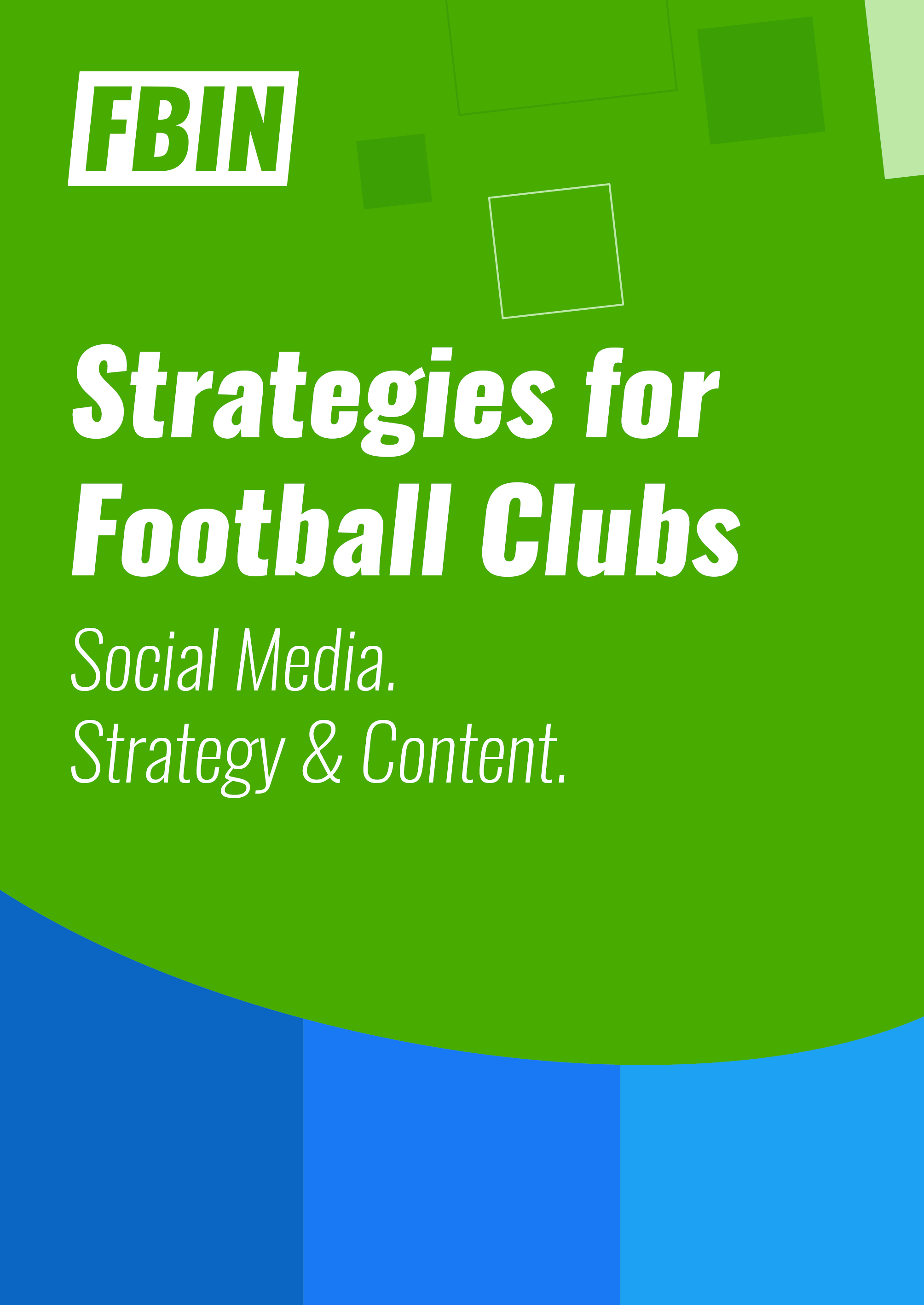In this FOOTBALL BUSINESS Podcast, we spoke to Pál Orosz, CEO of Ferencvárosi Torna Club, and Dr. Florian Hohmann, Senior Lecturer in Financial Management from the University of St. Gallen. This article will summarize the podcast’s key takeaways.
Why should football clubs be more financially sustainable?
Managing the finances of a football club is quite distinctive and complex. A club’s revenue might be heavily dependent on its sporting success. Even though some clubs solely rely on their owners who burn money, things can rapidly go in the wrong direction if something happens to these owners. We can take Chelsea in the past few days as a good example. In the short term, you might still have sporting success without financial sustainability, like Dortmund in the past or, recently, Barcelona. Still, in the long term, this is probably the only way.
Pal added that football nowadays is a business, and in this business, every club must be treated as a brand on the market. Each club has its own brand characteristics and its target group called supporters. The only difference between other businesses and football is that football is a “love” or community brand. So once you’re attached to a club, you will hardly switch to another one, which means that your target group is constant. And if you do your job well, your target group will become bigger and bigger. In short, you can’t separate or isolate sporting success from financial stability. They should complement each other.

Pál Orosz, CEO of Ferencváros
The Dilemma: Sporting Success vs. Financial Stability
The biggest dilemma for financial executives is finding the right balance between investing enough money in the team to maximize on-pitch performances and avoiding excessive risks or harming the financial stability. In reality, this balancing act is tricky since most clubs are always under massive public scrutiny and oftentimes driven by emotions. Pal gave an example that when it comes to recruitment, he prefers professionals who might not necessarily be supporters because they will take actions based on business rationale rather than emotions.
Florian also pointed out that many clubs still have this “break-even” mindset. The best scenario for them is to: use up all resources, qualify for UEFA competitions and make zero profits or losses to avoid taxes.
How to evaluate the club’s financial sustainability
In the short term, clubs are very liquidity-driven, and clubs would always assess the liquidity, especially for the next season. For example, will you have enough cash to pay your players and all your expenses?
However, Florian emphasized that the equity ratio is a good approach to measure one club’s financial stability and ability to survive an economic crisis. The equity ratio is important because, in times of unexpected crisis, such as Covid, clubs can only cover losses if they have sufficient equity. For instance, if you have 60 million equity and 20 million losses, then there are 40 million remaining. But if you don’t have equity, you can go over-indebted quickly. More importantly, if you need short-term liquidity during such a crisis, banks would give you credit when knowing your equity ratio is acceptable. In contrast, there is no way banks will lend you money, or they will with a very high interests rate.
There is no “perfect” equity ratio in the football industry because of the vast gap between elite and small clubs. Smaller clubs are often in this rat race where they have to spend everything they earn, and it is extremely difficult to retain profits. However, looking at other industries or businesses, people would aim for at least a 25-30% equity ratio to have a solid balance sheet.
Pal recalled taking over the clubs more than a decade ago when they were severely in debt. For almost four months, the club could not pay players or non-sport staff. So the first thing he had to do was to become transparent to gain trust from sponsors and partners. Next, Ferencváros decided to tighten the belt and live below their means to prioritize key investments, especially the stadium reconstruction. This became a success when they generated more revenue by offering Skyboxes, VIP tickets to new sponsors. Another success factor was the collaboration with Sportfive to delegate the whole stadium operation to a professional sports marketing agency. In return, the club earns a fixed revenue with a bank guarantee and add-on commissions. This fixed revenue allows the club to plan ahead, and once everything is stabilized, the club can earn extra income from UEFA competitions or new sponsorship deals. Pal emphasized that football teams must be flexible with their finances and should never spend more than they make.
Strategies for club’s financial sustainability
There is no one-shoe-fits-all solution and various ways to enhance a club’s financial stability, but both Pal and Florian suggested three ideas below:
1. Acquire a new mindset
The most important thing for clubs, Florian believes, is to embrace a new mindset, stop planning on structural deficits and invest all resources in sporting performance. Instead, clubs should keep a certain portion of their profits every year and build up reserves for the “stormy” days. Though most clubs will feel pressured when their competitors make big investments in sporting terms, this will probably help them get out of the vicious cycle.
Also, many clubs still achieve their sporting goals while maintaining a consistent profit margin and a positive equity ratio. SC Freiburg is a good example that has the second-highest equity ratio (~80%) in the German Bundesliga. The Covid-19 pandemic showed that relying on extraordinary income to avoid losses and to operate with little reserves is too risky and unsustainable.
2. Making fixed costs more variable
While injecting a new mentality or culture takes up more time, Pal suggested that clubs can turn some fixed costs more variable. In Ferencváros’s case, the club introduced a bonus system based on sporting merit to attract talents. For example, if the club gets the UEFA competition or group stages, there will be extra bonuses for players and coaching staff. Florian added that the ideal (and probably Utopia) scenario for every club would be to have their salary structure fully linked to their revenues. This would alleviate the problem of volatile and unpredictable revenues by tying your first team’s compensation to the company’s overall revenue on a percentage basis. Still, this would require a lot of negotiation and trial-and-error as it’s quite a new concept.
3. Diversify revenue streams and utilize the club’s unique brand image
Apart from stabilizing the typical revenue streams in football (ticketing, broadcasting, and sponsorship/commercial), football clubs should seek new revenue streams that are not influenced by what happens on the pitch, such as E-sports or digital social media content. Indeed, the Esports industry made €787.83 million in revenue in 2019 and is expected to grow to €1.315 billion by 2023. Esports is likely to become the next important source of revenue for football teams in the future. Additionally, Pal believes that player transfer income plays a vital add-on role for the size of a club like Ferencváros.
Lastly, both experts agree that clubs must utilize their unique image and values to their very own fanbase. Florian mentioned how FC St. Pauli created its own apparel brand, “DIIY” when their kit suppliers failed to meet their sustainability requirements. In fact, if smaller clubs can find their niche and serve their local fanbase well, it would be more appealing to local sponsors rather than bigger clubs that don’t represent that target group.


 Upgrade to Premium Now
Upgrade to Premium Now







